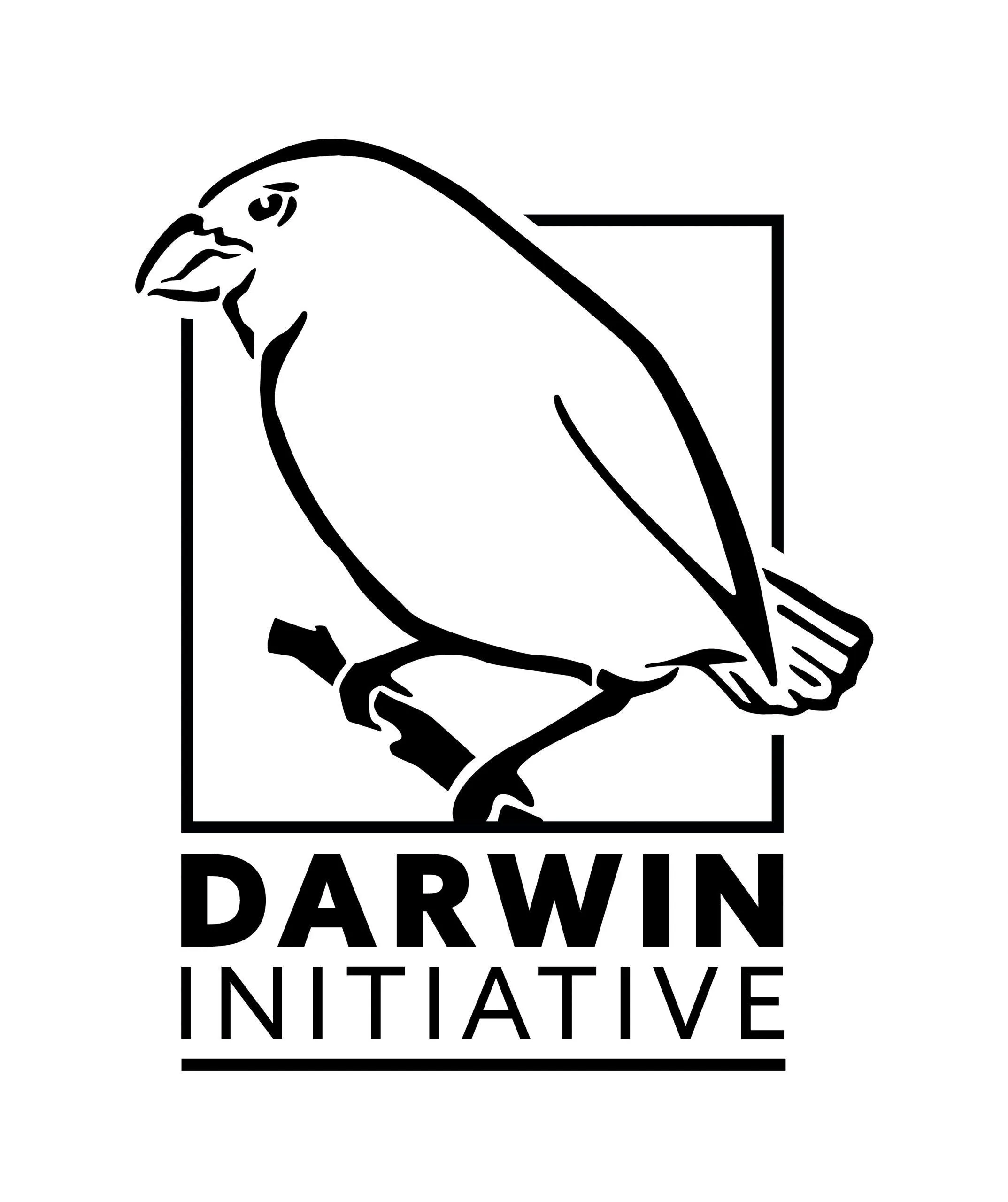Humpback whales of the Pitcairn Islands
Since the early 1990s, small numbers of humpback whales (megaptera novaeangliae) have been observed visiting the Pitcairn Islands – a UK Overseas Territory located in the central Pacific Ocean, during the austral winter.
These humpbacks are of scientific and conservation interest as they appear to be a population of the International Whaling Commission breeding sub-stock F2 and categorised as Endangered on the International Union for Conservation of Nature (IUCN) Red List, due to intense Soviet whaling in Antarctic feeding grounds in the latter half of the 20th Century.
However, the exact connection between the Pitcairn population and other groups in Southern Ocean are unknown. This project will collect photo-identification and genetic data to facilitate an assessment of connectivity to other sites in the Oceania region, thus improving our understanding of the population’s status and enhancing regional conservation efforts.

Partners
- Michele Christian, Environmental, Conservation & Natural Resources Division Manager, Government of Pitcairn Islands (GPI)
- Tilen Genov, President, Marine Mammal Society of Slovenia, Morigenos, Piran, Slovenia
- Ellen Garland and Luke Rendall, Sea Mammal Research Unit (SMRU), St Andrews, and member, South Pacific Whale Research Consortium (SPWRC)
- Emily Hardman, Overseas Territories Blue Belt Programme, Marine Management Organisation (MMO), UK
This project is funded by the Darwin Initiative, a UK government grant scheme that helps to protect biodiversity and the natural environment through locally based projects worldwide.
Aims
- To understand the importance of the Pitcairn Islands Marine Protected Area for Pitcairn’s charismatic but endangered population of humpback whales
- To document their distribution and behaviour
- To contribute to regional and global knowledge and international conservation commitments for this species.
This information will raise awareness of the humpback whales and the marine environment, as a whole, with visitors to the Pitcairn Islands. In the longer-term, this will help to enhance the islands' profile as a key nature-based tourism destination.
Methods
Activities and proposed methods will be as follows:
- Whale distributions: quadcopter drones will be used to survey the geolocation of the Pitcairn population, which aggregate nearshore during their breeding season (June-October with most frequent sightings in August).
- Whale identification: video and photo identification of tail flukes and flanks will be collected by researchers and citizen scientists (tourists and islanders) encouraged through the Pitcairn Islands tourism website. This will be used to build a database of the individuals at Pitcairn for ongoing research/whale watching tourism.
- Whale song (for group identification): hydrophones will be deployed around the islands and used to record whale song (vocalisations) for comparison with other central and western south Pacific populations.
- Population identification: remote biopsies and whale blow will be collected for genetic analysis. Whale blow will be collected using petri dishes attached to drones (called ‘SnotBots’) to assess DNA, stress hormones and other indicators of the population’s health and ecology.
Impact
Short-term: this project will improve scientific understanding of the status of humpback whales around the Pitcairn Islands and the connectivity between these humpback whales and those in French Polynesia.
Longer-term: this project will support regional conservation efforts under the 'Memorandum of Understanding for the Conservation of Cetaceans and their Habitats in the Pacific Islands Region' and international commitments under the Convention on Migratory Species. It will also improve global understanding around the importance of very large Marine Protected Areas (MPAs) in the conservation of migratory marine megafauna.
Our Partners
Principal Investigator
Affiliations
Funding
Funding Body: Department for Environment, Food and Rural Affairs
Amount: 100,000
Period: June 2022 - December 2024


